Multi-Family Apartment Security Systems & Access Control in Ontario, CA
Protect residents, reduce liability, and streamline property management with integrated security cameras, smart access control, package lockers, and visitor management for apartment communities in Southern California.
Security Challenges Facing Multi-Family Apartment Communities
Apartment communities face complex security challenges—from package theft and unauthorized parking to tailgating residents and liability from slip-and-fall incidents. Property managers need systems that protect residents while respecting privacy, control building access without friction, and provide evidence for insurance claims and resident disputes. End-Point Wireless delivers cloud-based security cameras with privacy masking, smart access control with mobile credentials, video intercoms, and package management systems that increase resident satisfaction, reduce liability, and simplify property operations.
Package theft costs apartment communities thousands annually and creates resident dissatisfaction. We install secure package lockers with electronic locks that notify residents via text or app when deliveries arrive. Residents use mobile credentials or access codes to retrieve packages on their schedule. Cameras monitor locker areas to deter theft and provide evidence if lockers are tampered with. For communities without locker budgets, strategically placed cameras at mailroom entrances and package shelves create visual deterrence while recording activity. Many properties see 90%+ reductions in package theft complaints within weeks of installation.
Absolutely. Modern access control systems eliminate traditional keys and fobs with mobile credentials residents download to their smartphones. Residents tap their phone at door readers or gate pedestals to enter, just like Apple Pay. Property managers issue credentials remotely without office visits, automatically revoking access when leases end. Guest passes grant temporary access for friends, family, or service providers without sharing master codes. The system logs all entries with timestamps, helping resolve disputes and identifying unauthorized access. Mobile credentials reduce lockout calls, eliminate lost key fees, and improve resident satisfaction—many communities report this as their most-loved amenity upgrade.
Effective apartment security requires balancing resident safety with privacy expectations. We install cameras in public common areas: building entrances, parking lots, pool/recreation areas, mailrooms, and stairwell access points. Cameras are never installed in hallways with direct sight lines into units or near bedroom windows. Privacy masking blocks sensitive areas like ground-floor windows from camera views. Cloud-based systems with role-based access ensure only authorized property staff can view footage, and automatic retention policies delete recordings after 30-90 days unless flagged for incidents. This approach protects residents from external threats while maintaining privacy rights that meet California legal standards.
Amenity access control prevents unauthorized use while tracking who enters each space. We install card or mobile credential readers at pool gates, fitness centers, and clubhouses that only grant access to residents with active leases and completed waivers. Time-based permissions restrict pool access to posted hours, automatically locking gates overnight. Occupancy sensors and cameras can alert staff when capacity limits are exceeded. The system logs entry times, helping identify rule violations like after-hours pool parties or unauthorized guests. Guest passes allow residents to grant temporary amenity access to visitors. This approach reduces liability, prevents wear-and-tear from non-residents, and creates audit trails for insurance requirements.
Security camera systems provide crucial evidence for liability claims that can save properties tens of thousands annually. Slip-and-fall claims—the most common multifamily liability—can be verified or disproved with timestamped footage showing exact conditions when incidents occurred. Insurance companies often provide 10-20% premium discounts for properties with comprehensive camera coverage because video evidence reduces fraudulent claims and litigation costs. Cameras monitoring parking lots provide evidence for vehicle break-ins and hit-and-runs, reducing property liability when residents' vehicles are damaged. During lease disputes or resident conflicts, video evidence protects properties from baseless accusations. Cloud storage ensures footage is preserved even if equipment is damaged, maintaining evidence integrity for legal proceedings.
Service Features
Protect Common Areas While Respecting Resident Privacy
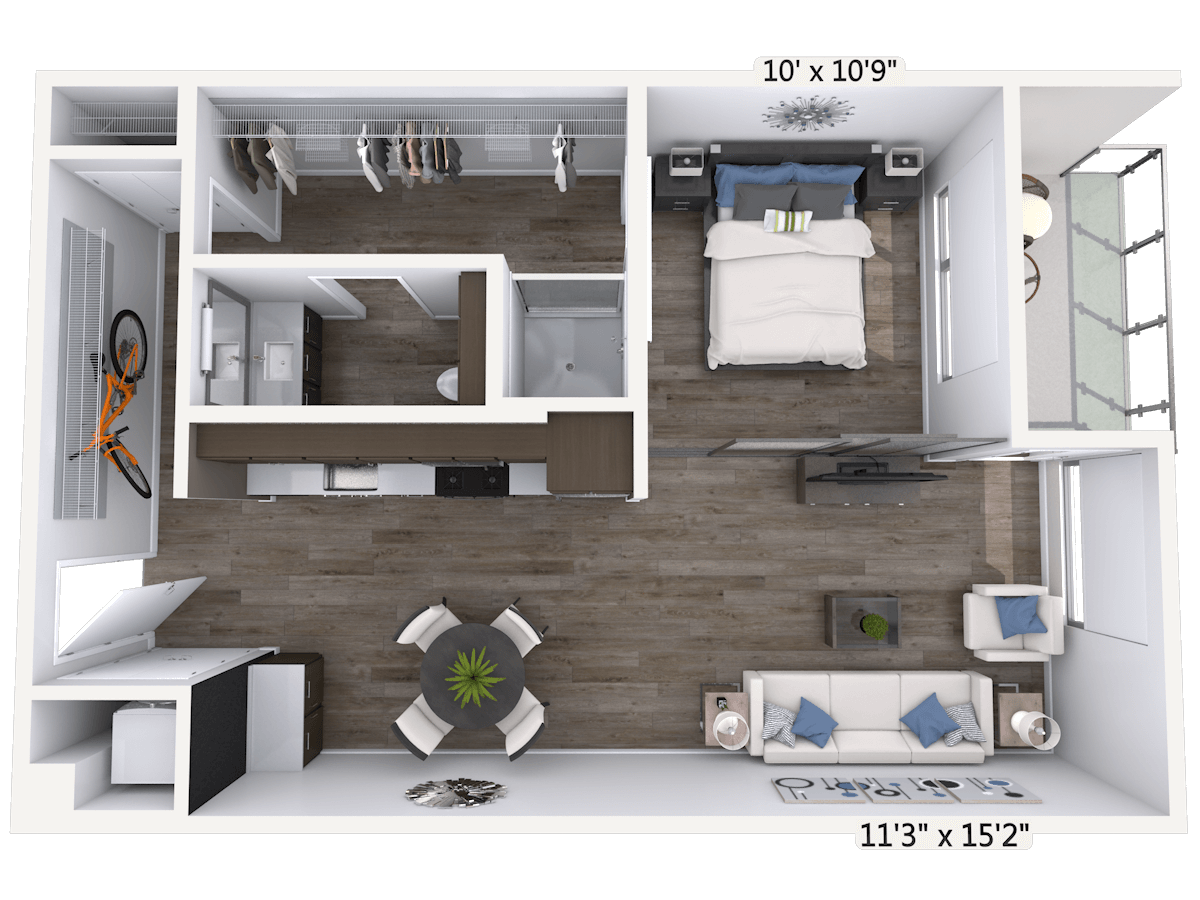
Replace Keys with Mobile Access for Gates, Doors, and Amenities
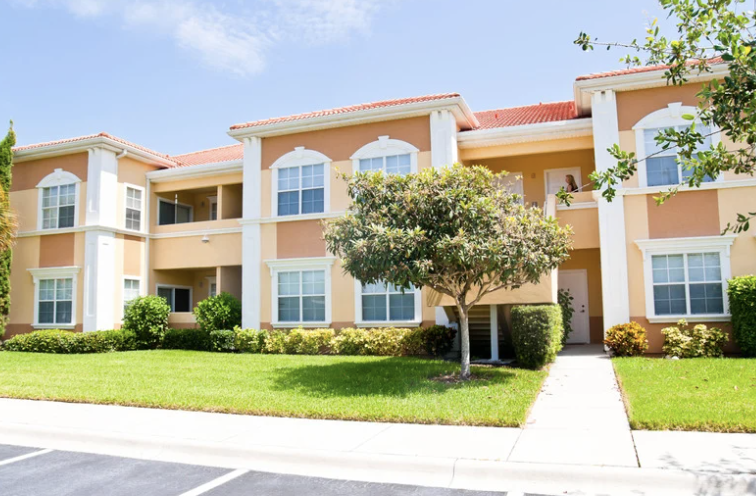
Stop Package Theft and Streamline Visitor Communication
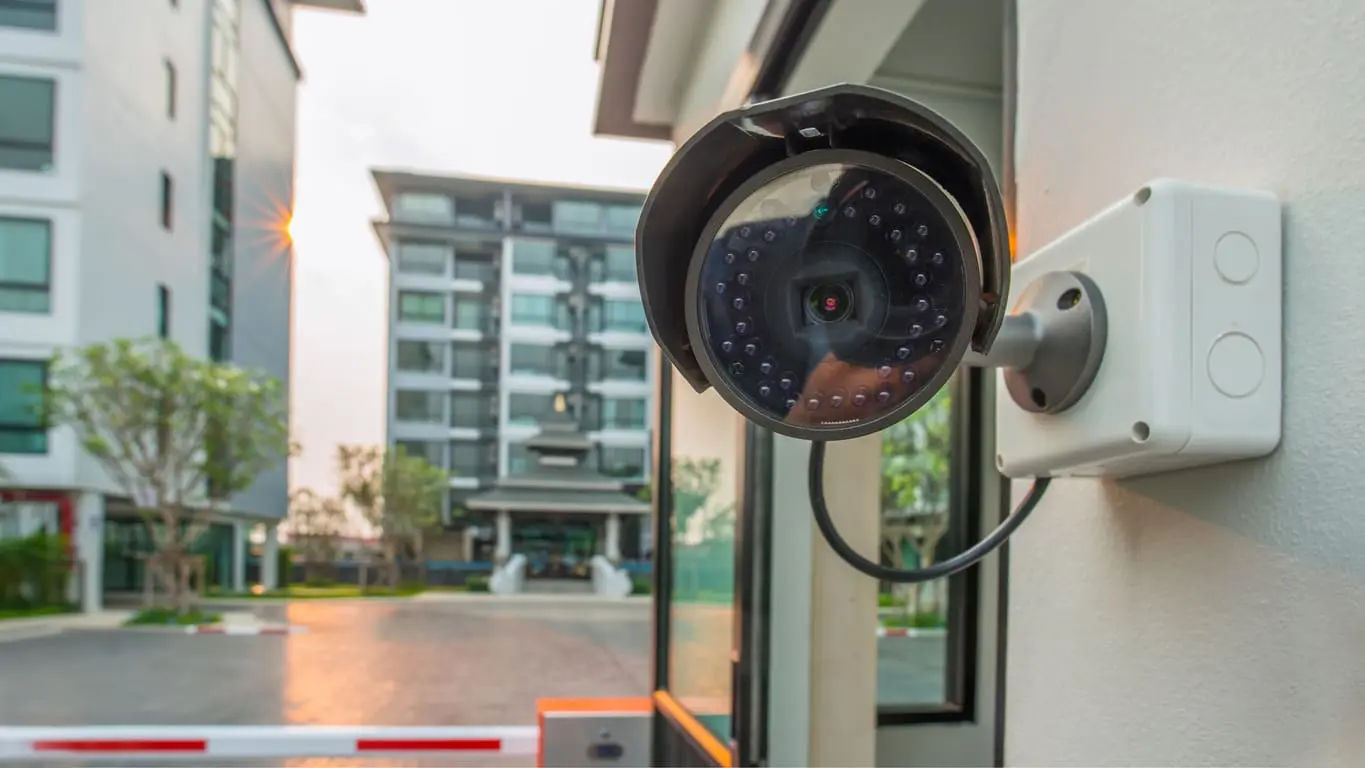
WHAT HAPPENS WHEN YOU CALL
Our proven installation process ensures your security system is properly configured and fully operational.
INITIAL CONSULTATION
We assess your security needs and provide a detailed proposal with recommendations.
SYSTEM DESIGN
Our engineers create a custom security system design tailored to your facility.
PROFESSIONAL INSTALLATION
Certified technicians install and configure all security equipment to specifications.
TESTING & TRAINING
Complete system testing and staff training to ensure optimal security performance.
Frequently Asked Questions
Most apartment security installations can be completed in 1-3 weeks depending on property size, with minimal disruption to residents. We schedule work during business hours in common areas and coordinate with property management to notify residents in advance. Camera installations in parking lots, pool areas, and building entrances typically take 3-5 days. Access control at building doors, gates, and amenities adds another 5-7 days. We install door readers and controllers during the day while residents are at work, testing after hours to minimize noise. Network infrastructure may require brief outages that we schedule during low-traffic periods. For new construction or major renovations, we integrate security installation into the overall construction schedule.
Security camera footage is restricted to authorized property management staff only—residents cannot access the system or view footage. This protects all residents' privacy and ensures footage is only used for legitimate safety and liability purposes. If a resident experiences an incident (vehicle break-in, package theft, etc.), they submit a request to property management, who can review footage and provide relevant clips to law enforcement or insurance companies. The system includes role-based permissions so regional managers can access all properties while on-site staff only view their assigned community. This approach balances security needs with privacy rights and meets California legal requirements for video surveillance.
Lost credential management is simple with cloud-based access control. If a resident loses their phone with mobile credentials, they notify property management, who immediately deactivates that credential from the cloud dashboard—taking effect in seconds across all doors and gates. The resident downloads the credential to their new device at no cost. For physical access cards, property management deactivates the lost card and issues a replacement, optionally charging a replacement fee. The system logs all deactivations, so properties can verify when lost credentials were disabled if unauthorized access is later discovered. Unlike traditional keys, lost mobile credentials pose no security risk because they're deactivated before anyone can use them.
Yes. Our systems include multiple backup layers to maintain security during outages. Access control panels have battery backup that keeps doors functioning for 8-12 hours during power loss, ensuring residents can still enter buildings. Cameras with onboard storage continue recording when internet fails, automatically syncing footage to the cloud once connectivity restores. Critical system components include uninterruptible power supplies (UPS) that keep network equipment online during brief outages. Cellular failover connections maintain remote access and monitoring even if primary internet fails. Emergency features ensure fire code compliance by allowing free egress during power failures while preventing unauthorized entry. Most systems restore full functionality automatically once power and internet return.
Costs vary based on property size, unit count, and amenities. A small property (50-100 units) with basic camera coverage, gate access control, and video intercom starts around $25,000-$50,000. Mid-sized communities (100-300 units) with comprehensive camera coverage, building access control, and package lockers typically range from $75,000-$150,000. Large communities (300+ units) with multiple buildings, pool/amenity access control, and advanced features can exceed $250,000. Monthly cloud storage and support fees range from $300-$2,000 depending on camera count and storage retention. Many properties find per-unit costs of $300-$800 provide comprehensive security that reduces insurance premiums, decreases liability claims, and increases resident satisfaction and retention—often paying for themselves within 2-3 years.
SERVICE COVERAGE AREA
We provide security system installation throughout Southern California and surrounding areas.
Blogs
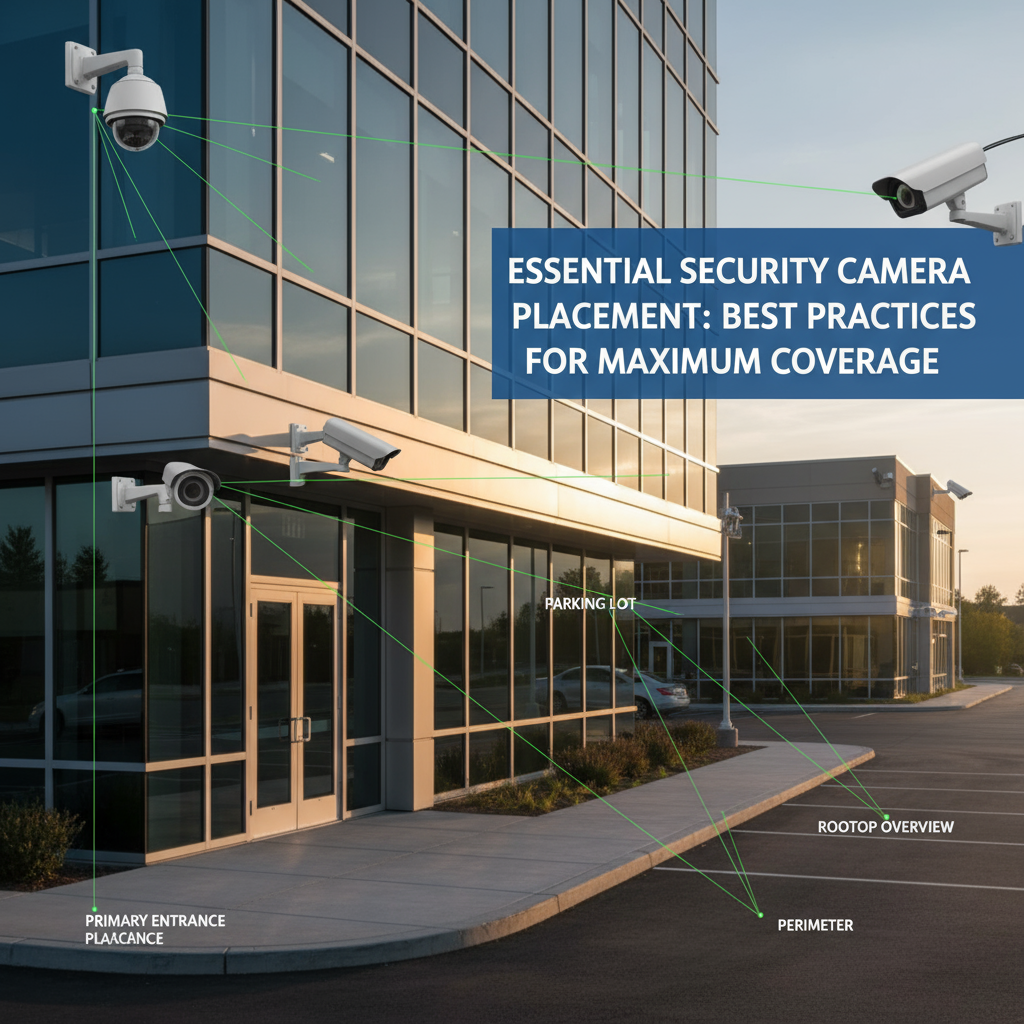
Essential Security Camera Placement: Best Practices for Maximum Coverage
Learn the strategic positioning techniques that security professionals use to ensure comprehensive surveillance coverage while maintaining privacy compliance.
READ MORE »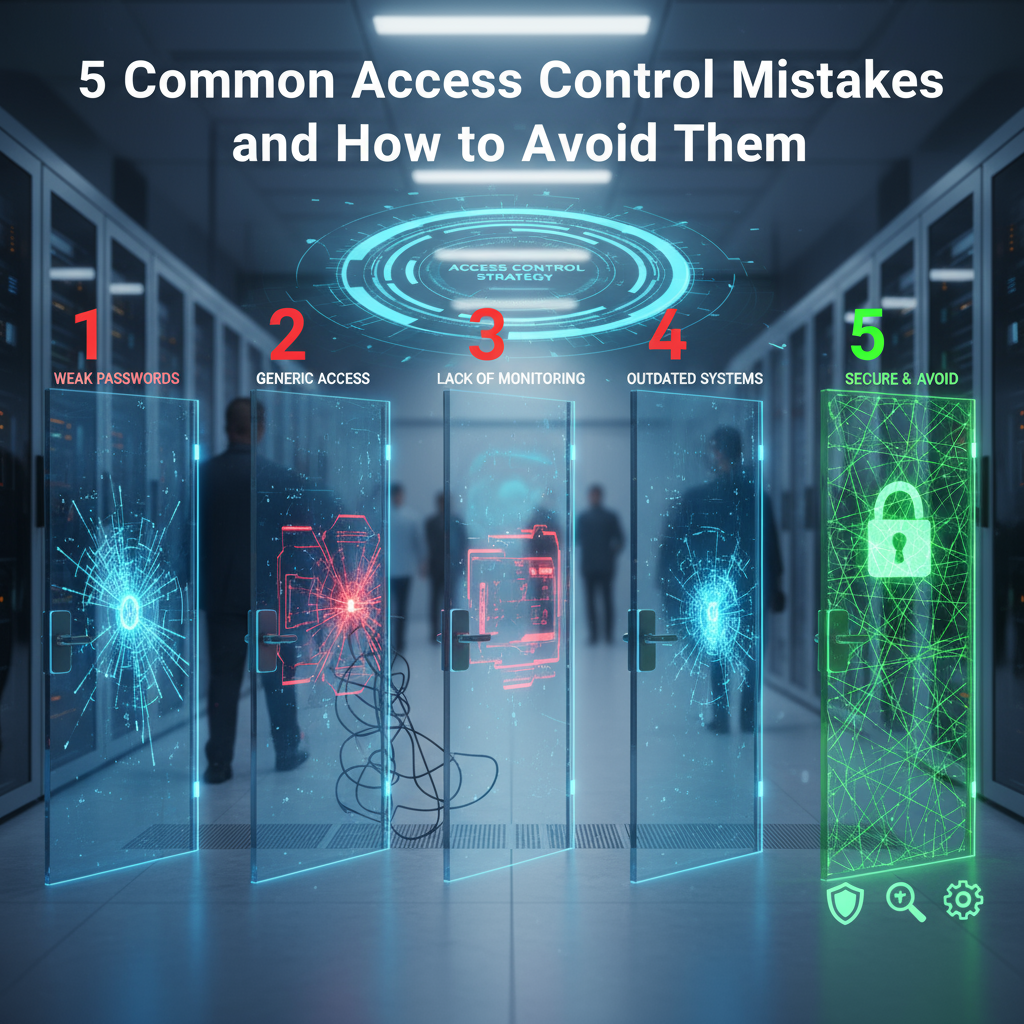
5 Common Access Control Mistakes and How to Avoid Them
Discover the most frequent access control implementation errors that compromise security and learn proven strategies to prevent them in your facility.
READ MORE »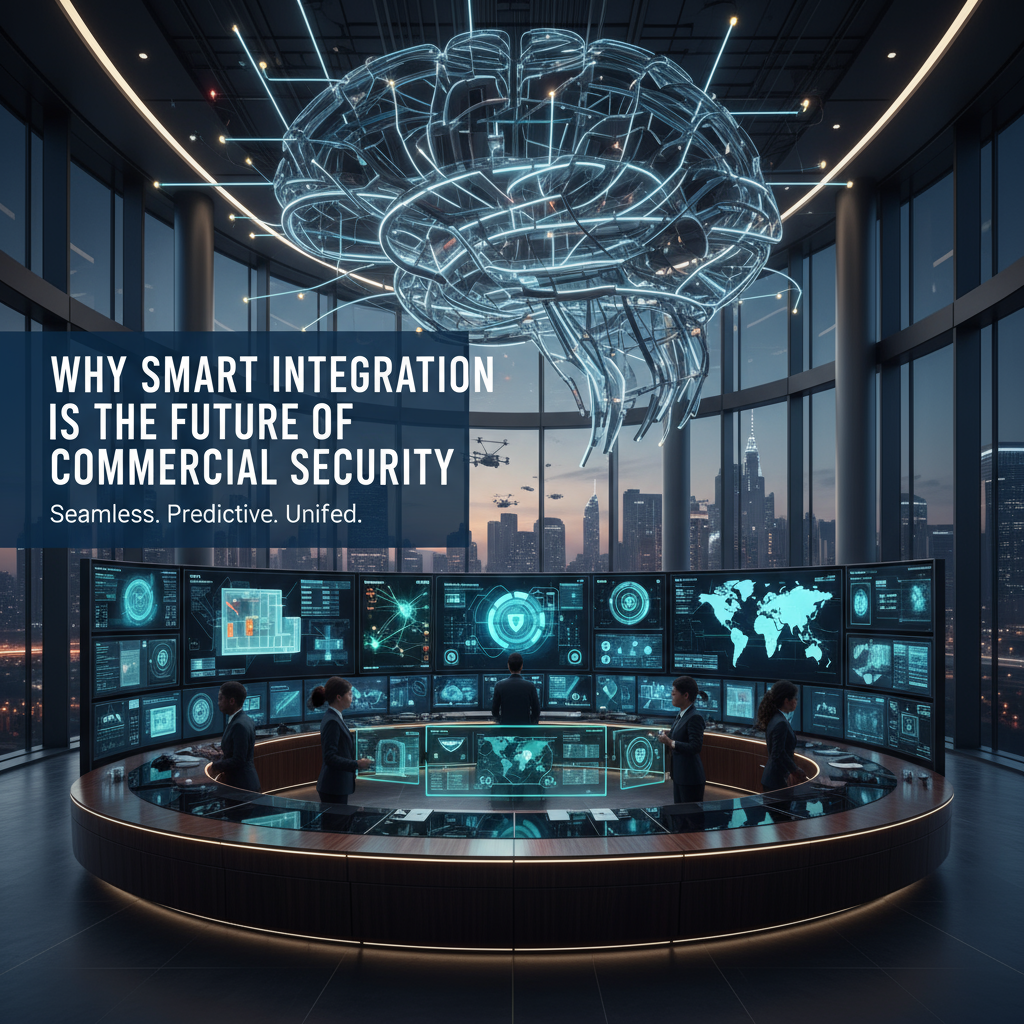
Why Smart Integration is the Future of Commercial Security
Explore how integrated security systems are revolutionizing commercial protection by connecting cameras, access control, and alarm systems into unified solutions.
READ MORE »